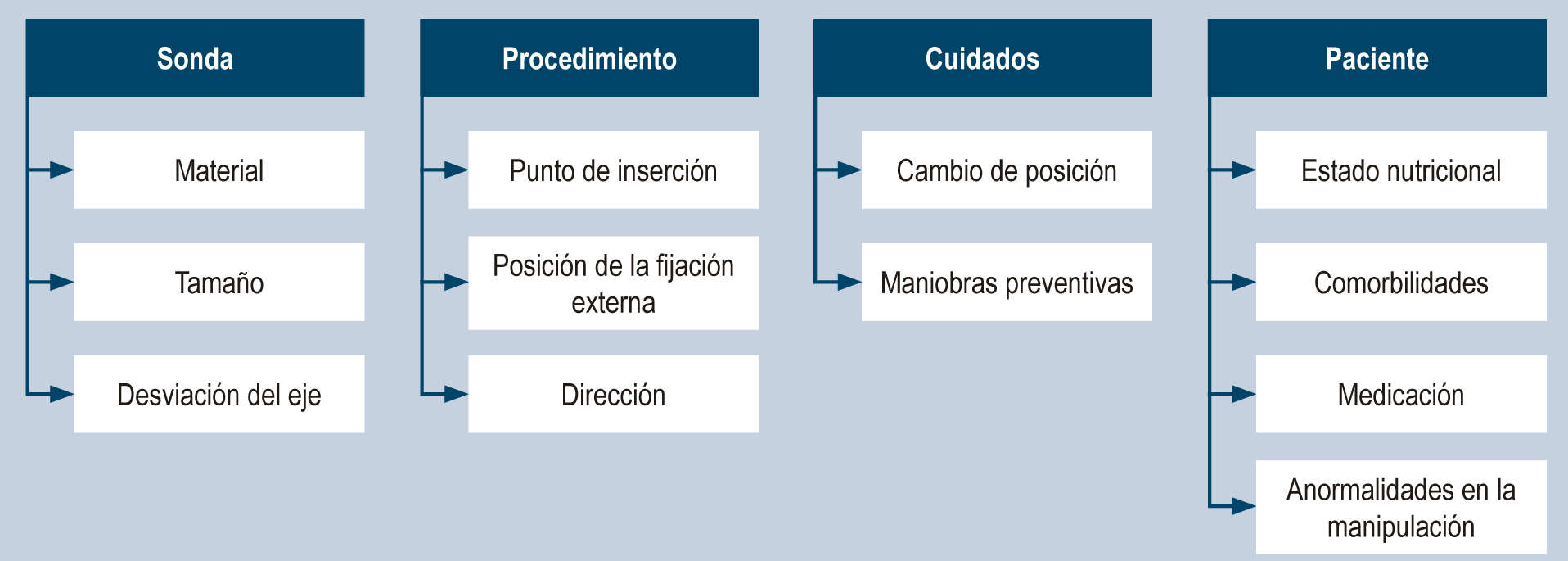Percutaneous Endoscopic Gastrostomy. Is It Truly Harmless?
DOI:
https://doi.org/10.22516/25007440.1037Keywords:
Gastrostomy, Buried Bumper, Infection, ComplicationsAbstract
Percutaneous endoscopic gastrostomy (PEG) is performed quite frequently in our environment. In general, its complications are few and mostly minor; however, there is a 2.4% incidence of significant complications, particularly abnormal displacement of the internal bumper of the gastrostomy, known as buried bumper syndrome (BBS). Serious infections, tears, and fistulas can also occur. This work illustrates five cases of severe complications of PEG.
Downloads
References
Gauderer MW, Ponsky JL, Izant RJ. Gastrostomy without laparotomy: a percutaneous endoscopic technique. J Pediatr Surg. 1980;15(6):872-875. https://doi.org/10.1016/S0022-3468(80)80296-X
Cyrany J, Rejchrt S, Kopacova M, Bures J. Buried bumper syndrome: complication of percutaneous endoscopic gastrostomy. World J Gastroenterol. 2016;22(2):618-627. https://doi.org/10.3748/wjg.v22.i2.618
Itkin M, DeLegge MH, Fang JC, McClave SA, Kundu S, d’Othee BJ, et al. Multidisciplinary practical guidelines for gastrointestinal access for enteral nutrition and decompression from the Society of Interventional Radiology and American Gastroenterological Association (AGA) Institute, with endorsement by Canadian Interventional Radiological Association (CIRA) and Cardiovascular and Interventional Radiological Society of Europe (CIRSE). Gastroenterology. 2011;141(2):742-765. https://doi.org/10.1053/j.gastro.2011.06.001
El AZ, Arvanitakis M, Ballarin A, Devière J, Le Moine O, Van Gossum A. Buried bumper syndrome: low incidence and safe endoscopic management. Acta Gastroenterol Belg. 2011;74(2):312-316.
Schwartz HI, Goldberg RI, Barkin JS, Phillips RS, Land A, Hecht M. PEG feeding tube migration impaction in the abdominal wall. Gastrointest Endosc. 1989;35(2):134. https://doi.org/10.1016/S0016-5107(89)72735-8
McClave SA, Jafri NS. Spectrum of morbidity related to bolster placement at time of percutaneous endoscopic gastrostomy: buried bumper syndrome to eakage and peritonitis. Gastrointest Endosc Clin N Am. 2007;17(4):731-746. https://doi.org/10.1016/j.giec.2007.07.011
Cyrany J, Repak R, Douda T, Rejchrt S, Kopacova M, Bures J. Buried bumper syndrome - management based of accurate staging. United European Gastroenterol J. 2014;2 Suppl 1:A170.
Boeykens K, Duysburgh I. Prevention and management of major complications in percutaneous endoscopic gastrostomy. BMJ Open Gastroenterol. 2021;8(1):e000628. https://doi.org/10.1136/bmjgast-2021-000628.

Downloads
Published
How to Cite
Issue
Section
License
Copyright (c) 2023 Revista colombiana de Gastroenterología

This work is licensed under a Creative Commons Attribution-NonCommercial-NoDerivatives 4.0 International License.
Aquellos autores/as que tengan publicaciones con esta revista, aceptan los términos siguientes:
Los autores/as ceden sus derechos de autor y garantizarán a la revista el derecho de primera publicación de su obra, el cuál estará simultáneamente sujeto a la Licencia de reconocimiento de Creative Commons que permite a terceros compartir la obra siempre que se indique su autor y su primera publicación en esta revista.
Los contenidos están protegidos bajo una licencia de Creative Commons Reconocimiento-NoComercial-SinObraDerivada 4.0 Internacional.


| Article metrics | |
|---|---|
| Abstract views | |
| Galley vies | |
| PDF Views | |
| HTML views | |
| Other views | |














